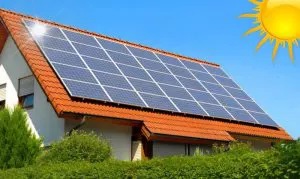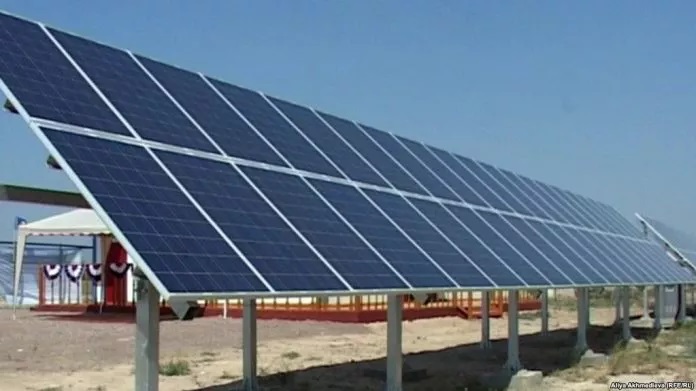Now when the owner of a private house decides to install a solar power plant, the primary issues are “what price of solar panels?” And “how much will the installation of solar modules cost?”. This order of things is quite understandable, because together with the improvement of the environment and the reduction of toxic emissions into the environment, the future owner of SES is concerned about the integrity of its budget.
Most of the panels that are install in the SES of a private nature have a warranty period of about 30 years. This period is not final; after all, after the solar panel has served a couple of decades, its efficiency will simply begin to decline. A high percentage of panels are already working for about forty years, but they are still not going to waste. It is clear that the maximum efficiency from them should not be expect, but such a service life is, at least, a pleasant bonus. In addition, if you consider that they pay for themselves in the first 5-7 years of work, then the justification for such an investment of money is obvious.
 National Renewable Energy Laboratory staff recently conducted a series of studies of solar panels. Their work was devoted specifically to “photovoltaic degradation.” For the research work, 2 thousand SES was take. The results of the studies showed that the average annual loss of panel efficiency is 0.5 percent. By simple deductions, it can be calculate that after 25 years of operation under positive conditions, the solar panel can show efficiency in the region of 88 percent compared to the initial indicators.
National Renewable Energy Laboratory staff recently conducted a series of studies of solar panels. Their work was devoted specifically to “photovoltaic degradation.” For the research work, 2 thousand SES was take. The results of the studies showed that the average annual loss of panel efficiency is 0.5 percent. By simple deductions, it can be calculate that after 25 years of operation under positive conditions, the solar panel can show efficiency in the region of 88 percent compared to the initial indicators.
The problem is that not every solar panel has the dynamics of photovoltaic degradation, which is half a percent per year, so it is not worth considering the results of the study as universal and applicable to any solar module. However, there are exceptions to the rules. Some panels with a declared service life of 30 years after the expiration of this period show the efficiency is much higher than indicated in their technical documentation.
 In addition to solar panels, the home SES includes an inverter. In addition, if the modules can exceed the expected lifespan, then this device behaves a little differently. The inverter is a device that converts a direct electric current into an alternating current and in this form delivers it to the network. If the solar panels lose their efficiency gradually, then the inverter is abruptly. At one point, it just goes out of order. Most often-central inverters overtake such a fate.
In addition to solar panels, the home SES includes an inverter. In addition, if the modules can exceed the expected lifespan, then this device behaves a little differently. The inverter is a device that converts a direct electric current into an alternating current and in this form delivers it to the network. If the solar panels lose their efficiency gradually, then the inverter is abruptly. At one point, it just goes out of order. Most often-central inverters overtake such a fate.
Here, too, there is an alternative output – mini-inverter. These devices can be install separately on each solar panel. Mini-inverters can last about 25 years.
It should be note that, taking into account the costs of replacing panels and inverters over time, the profit from investing in household SES is several times higher than the initial costs. Therefore, solar energy was and remains the most investment-attractive niche.


